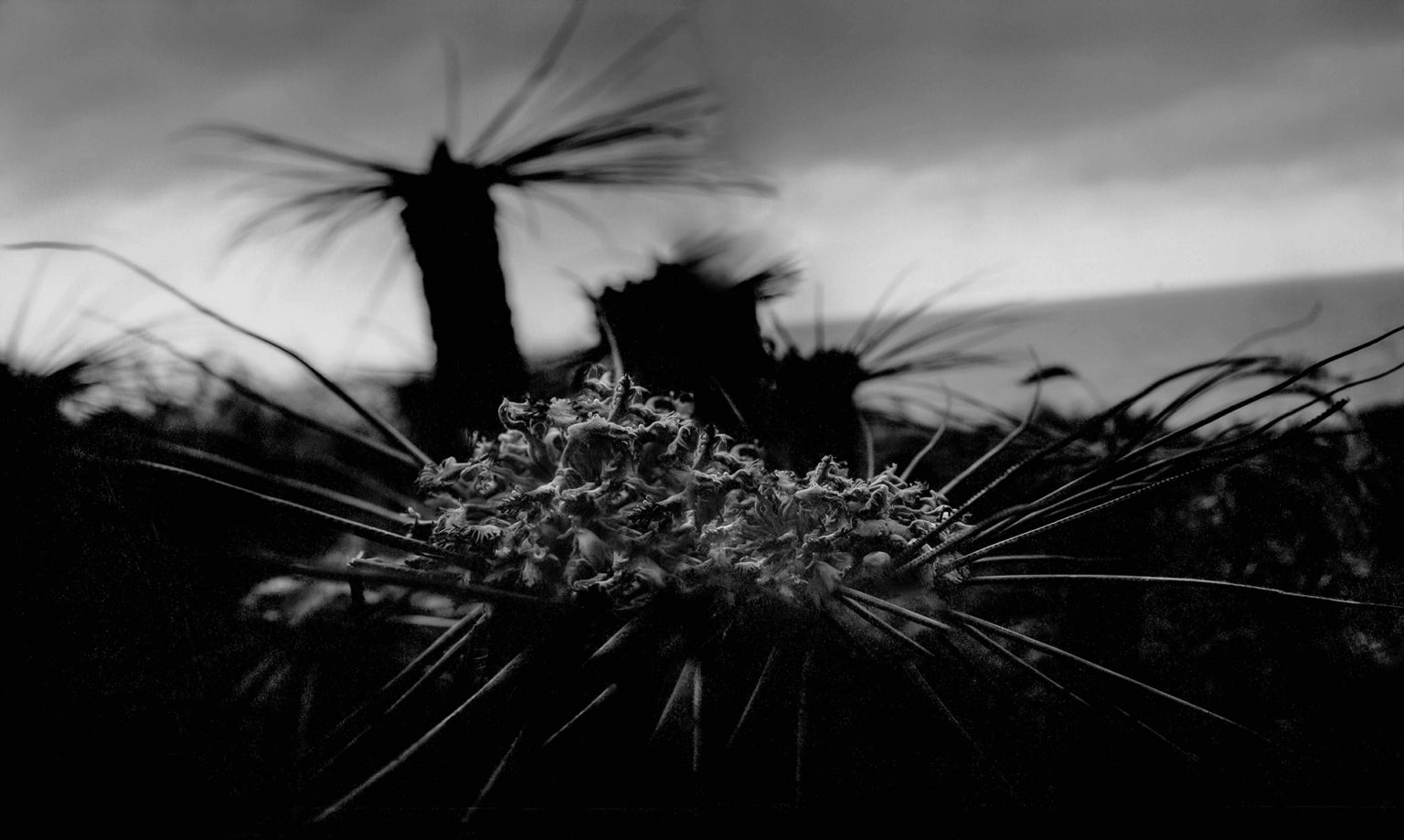
ARAMAS@ Taku
Photographs
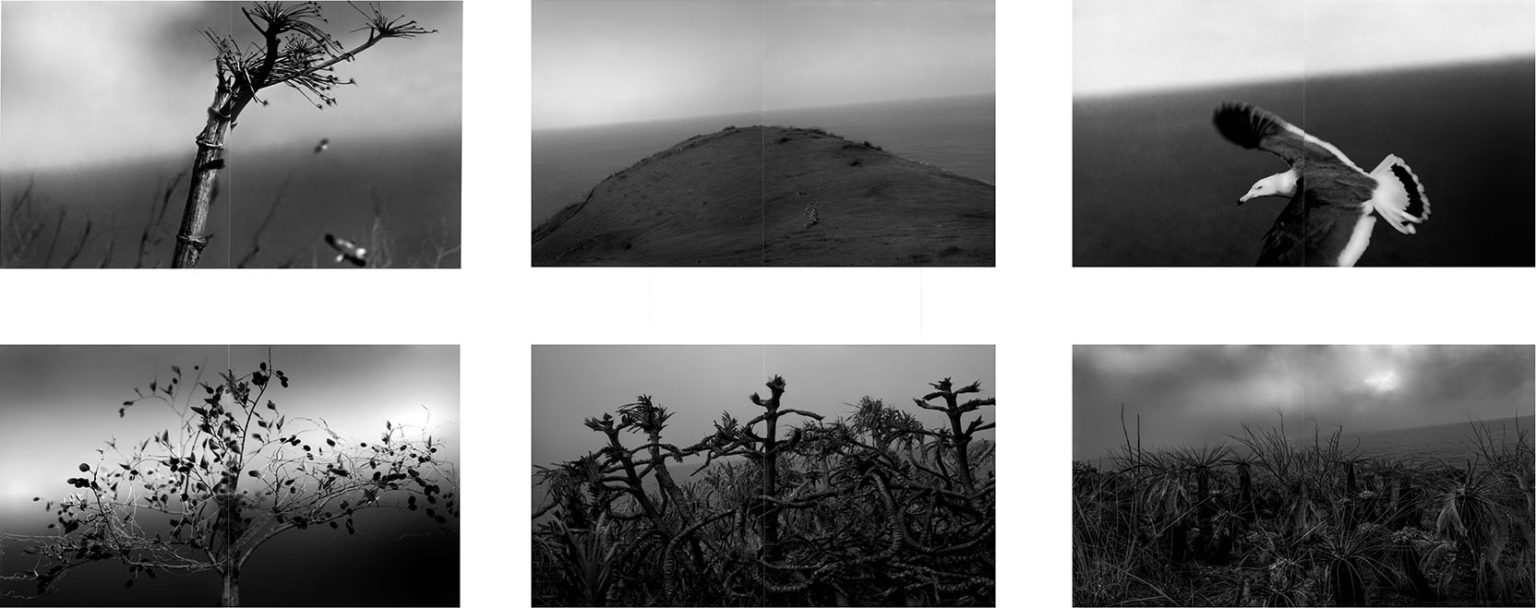
HORIZON
Kinichi Obinata – Photo ArchivistA RAMASA Taku started working on his HORIZON series in the latter half of the 1990s. Part of it was shown at a retrospective exhibition entitled Mokushi (Silence) held at Musashino Art University in 2006. The project became larger than initially intended and underwent a number of changes that resulted in further exhibitions at Tokyo Publishing House (Yokota Shigeru Gallery) in 2012, Annely Juda Fine Art in London in 2014 and now, in 2016, in the form of a solo exhibition at the Ginza Nikon Salon. This shows the HORIZON series in its most developed and comprehensive form.
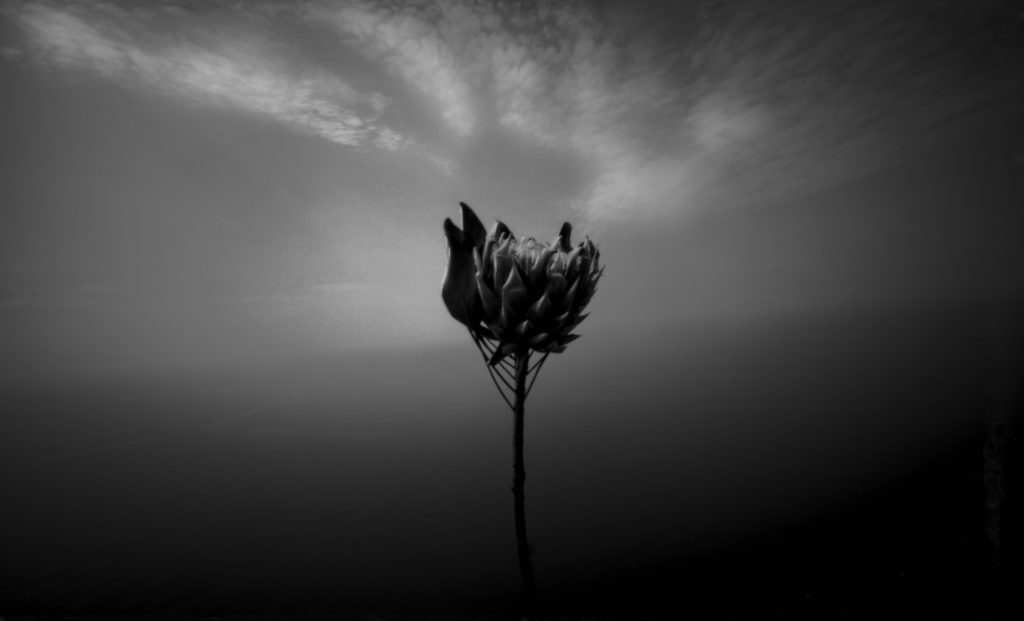
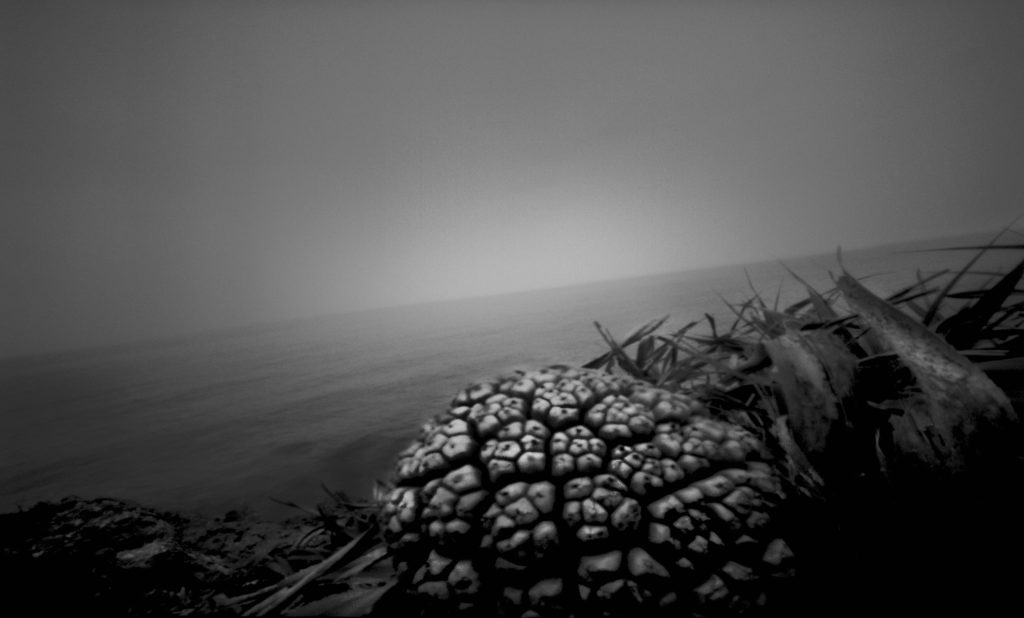
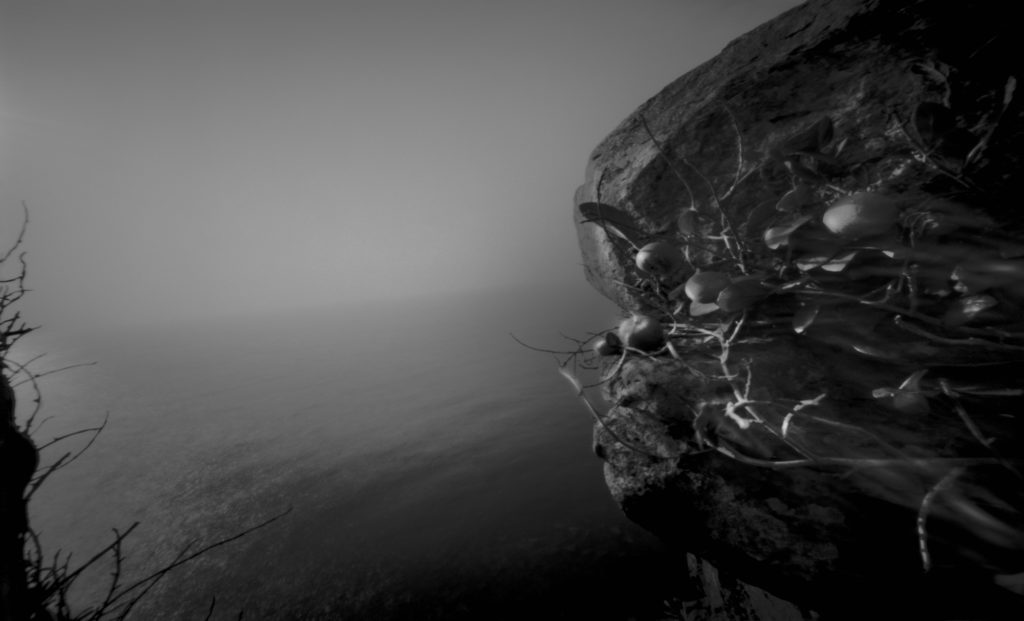
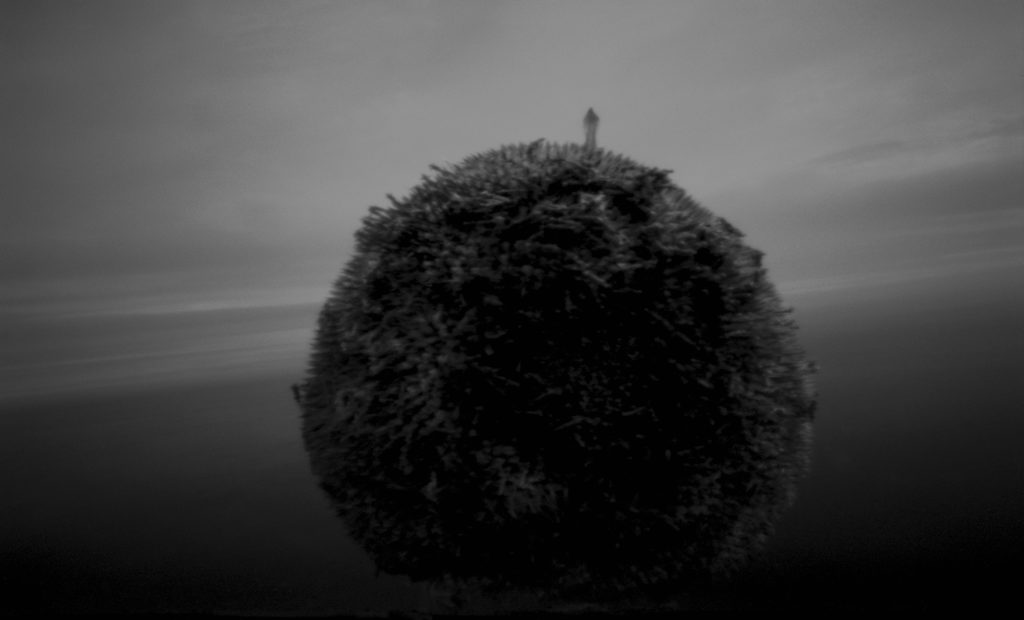
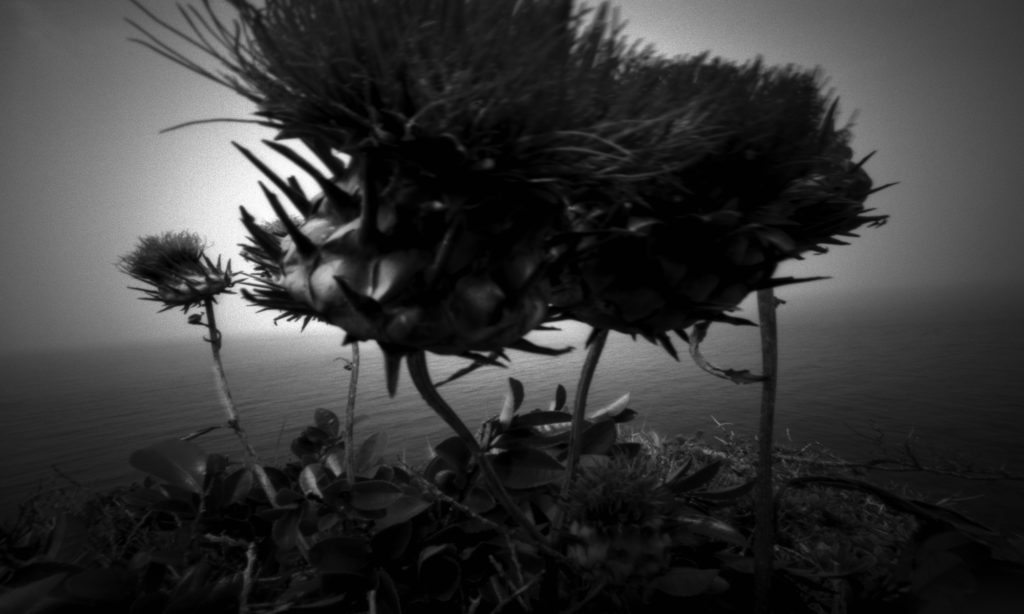
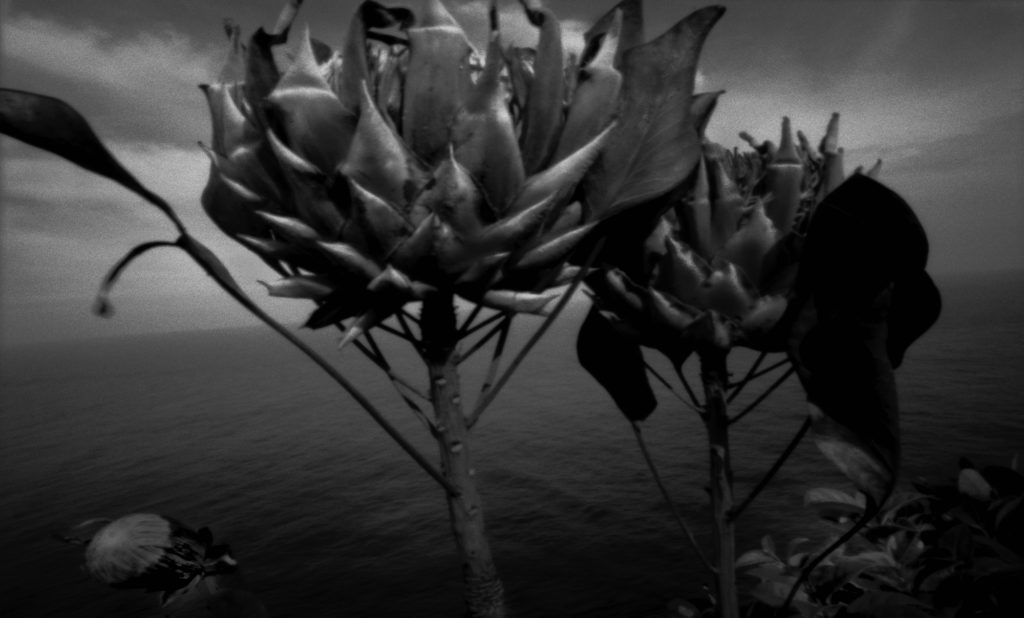
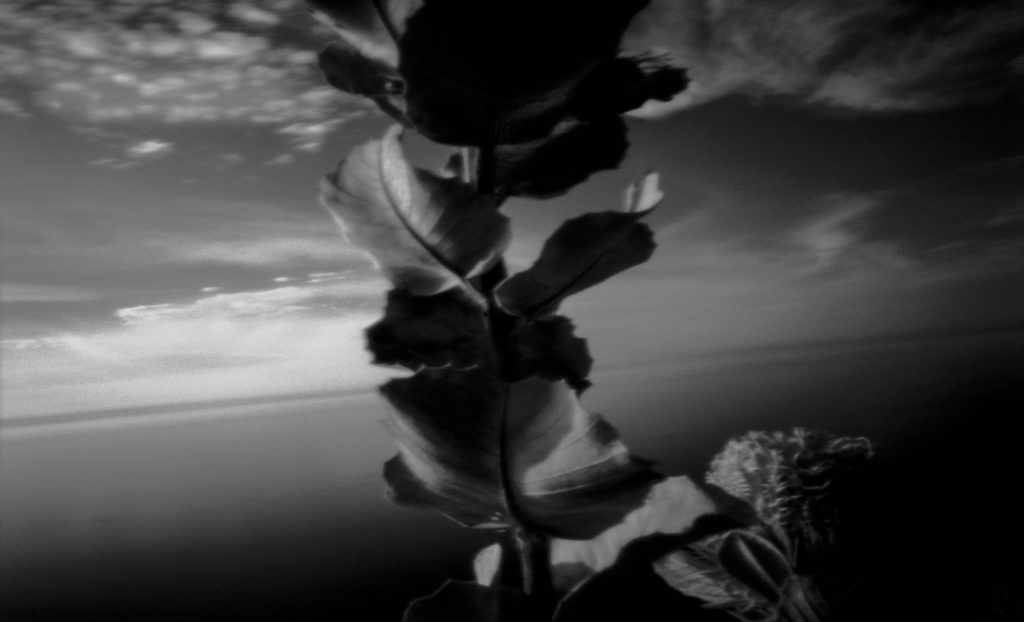
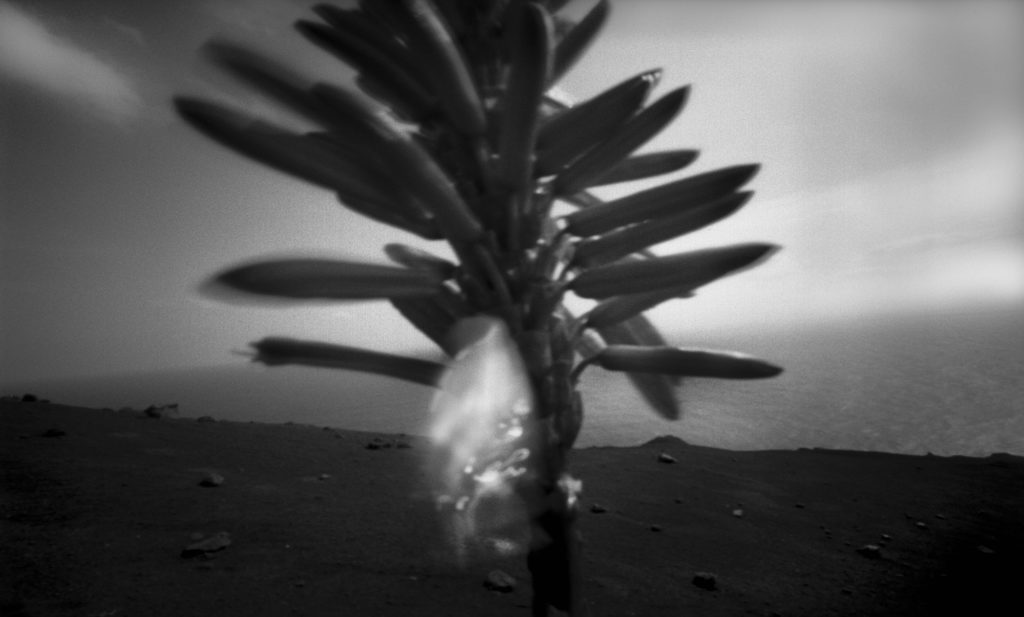
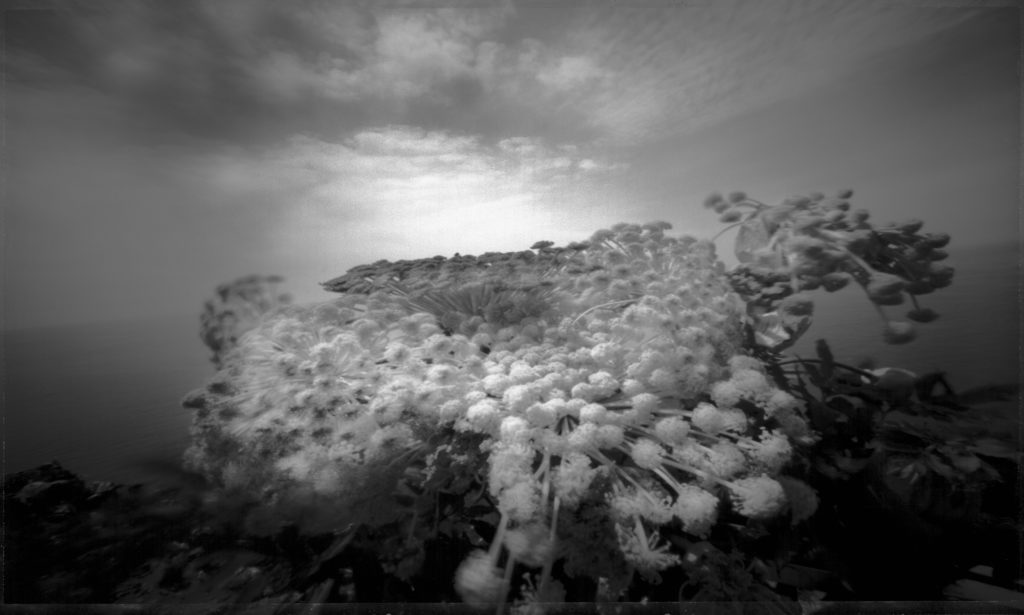
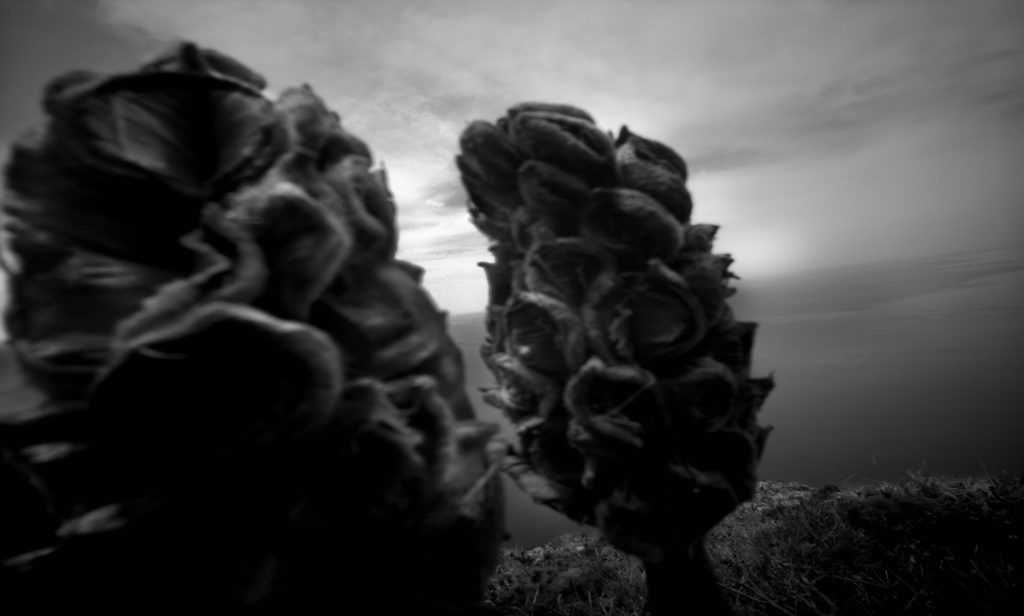
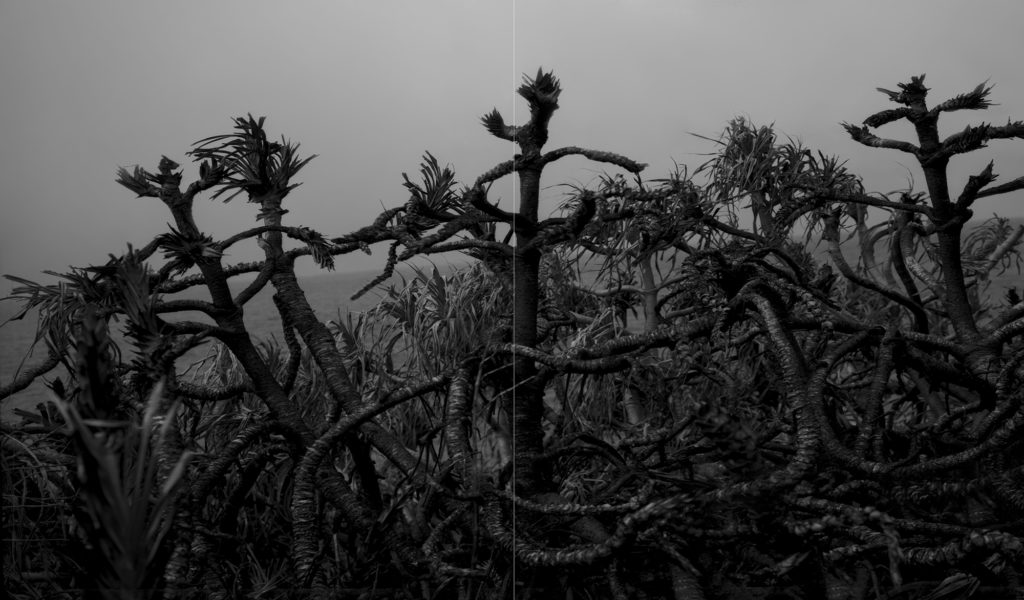
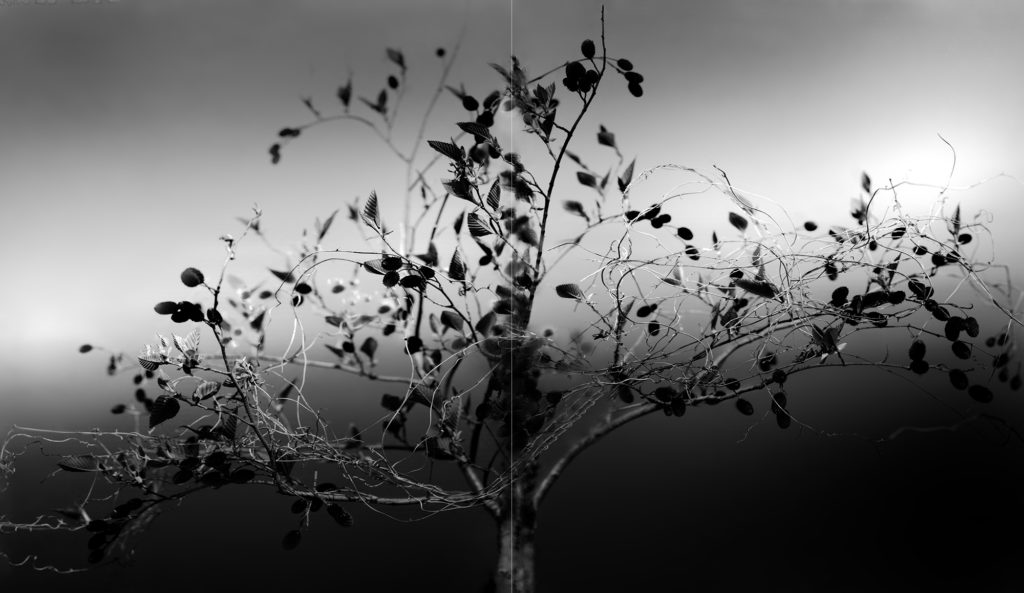
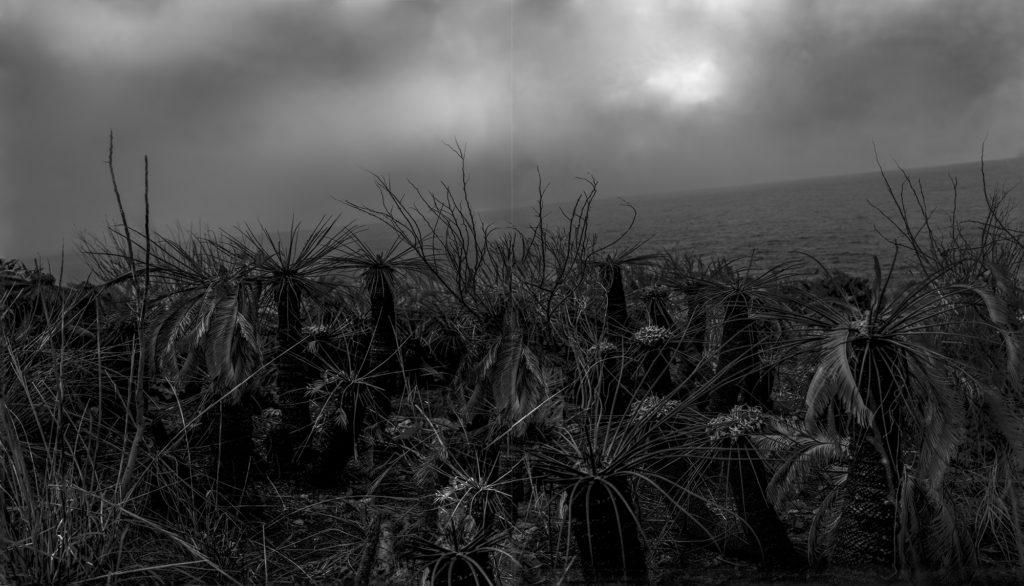
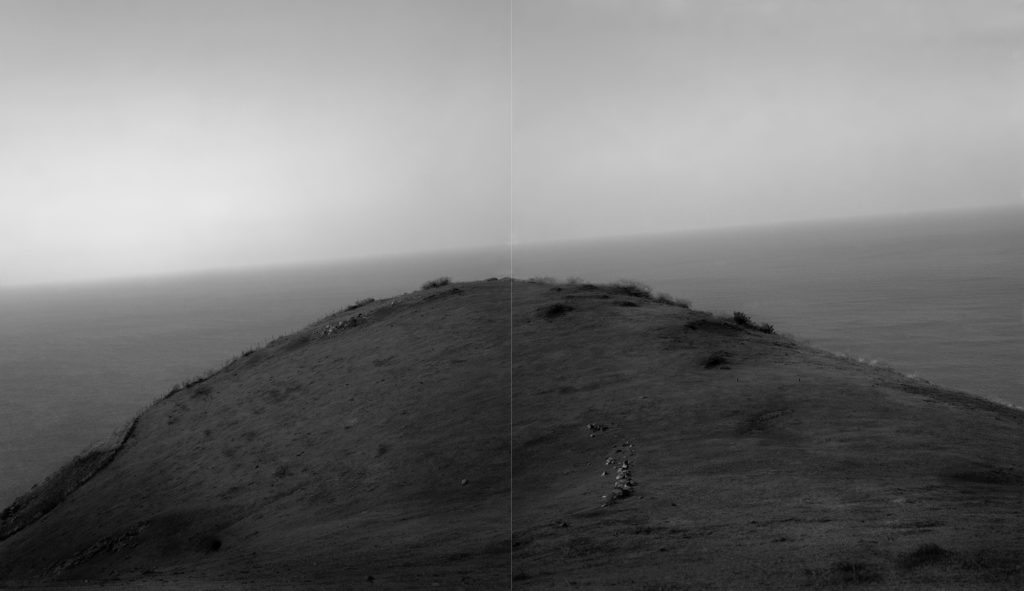
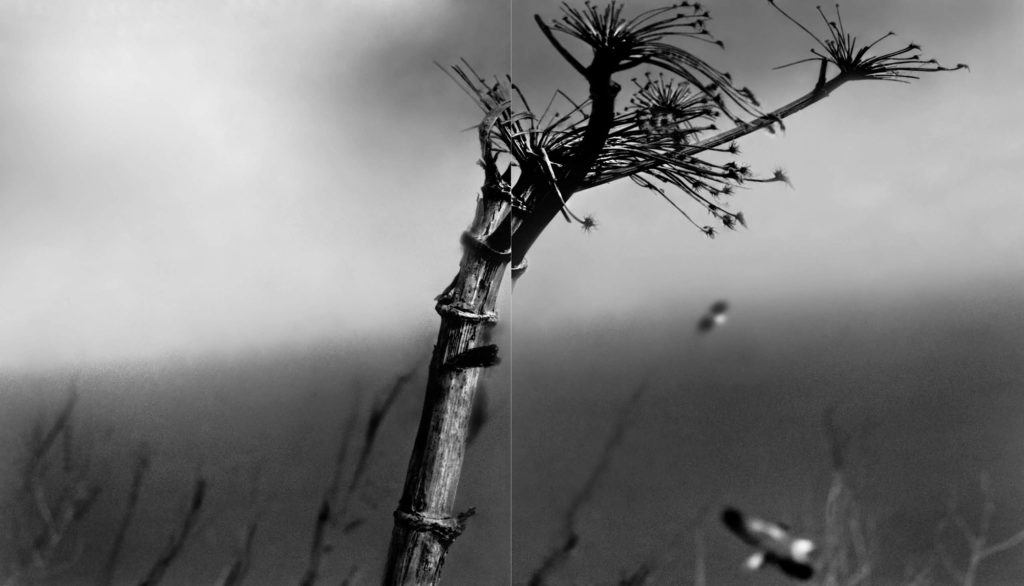
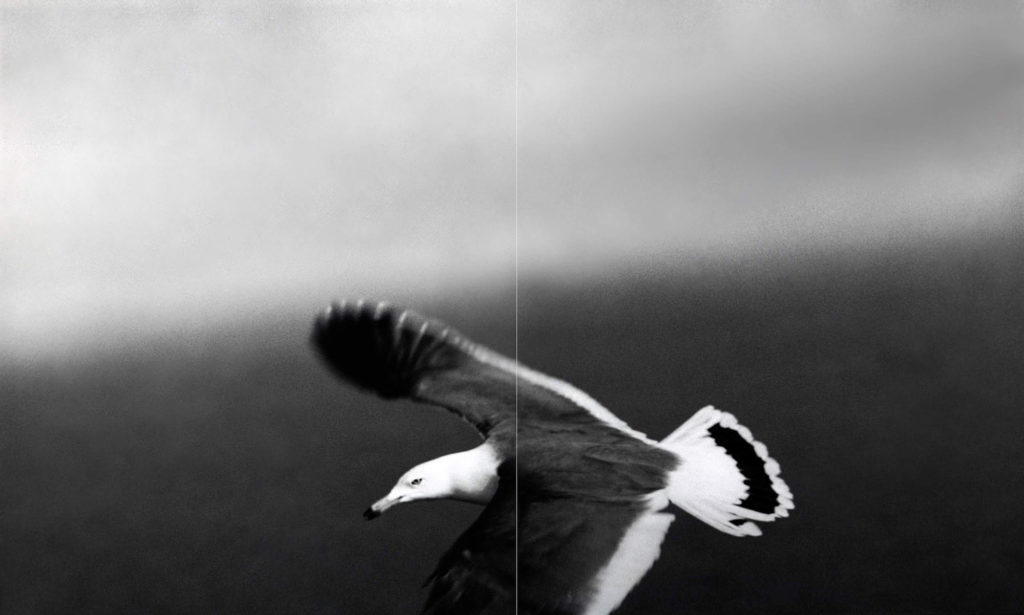
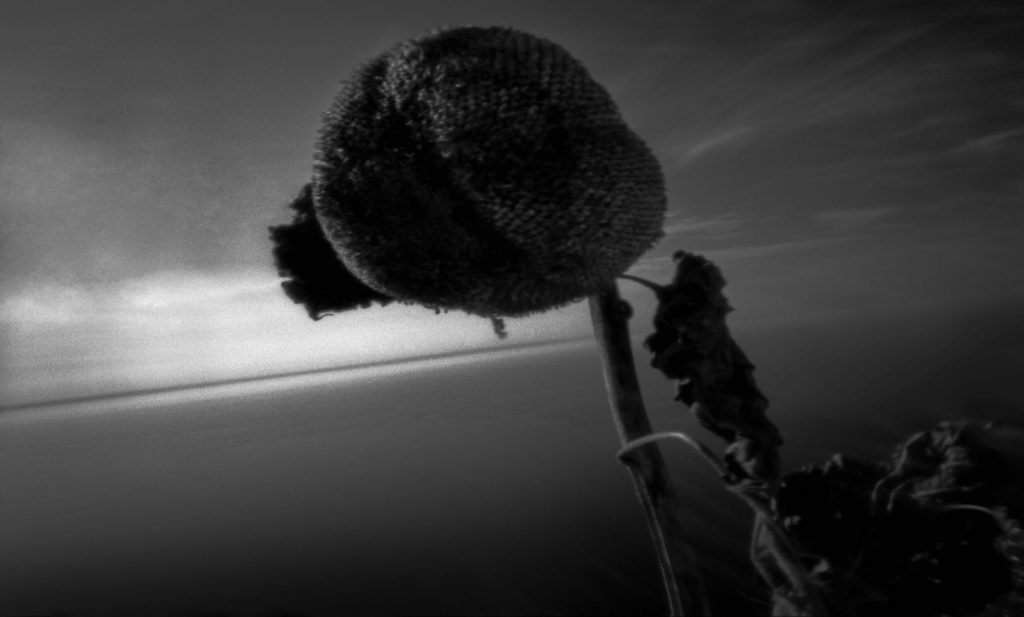
ARAMASA’s career as a photographer began with a single strongly contrasted black-and-white image of a female nude standing on a beach on an island of the Palau Archipelago in the South Pacific. The woman’s naked figure is shown against a backdrop of wind-blown sand and clouds (Camera Mainichi, August 1969). Focusing his camera on the distant horizon where land and sea, earth and sky, light and dark blend and fuse together untainted by the strident colours and bustle of modern life, ARAMASA fixed his gaze on infinity and the unknown beyond. His HORIZON series can be considered as a reworking and furthering of a way of observing the world that began with this one photograph from almost half a century ago.
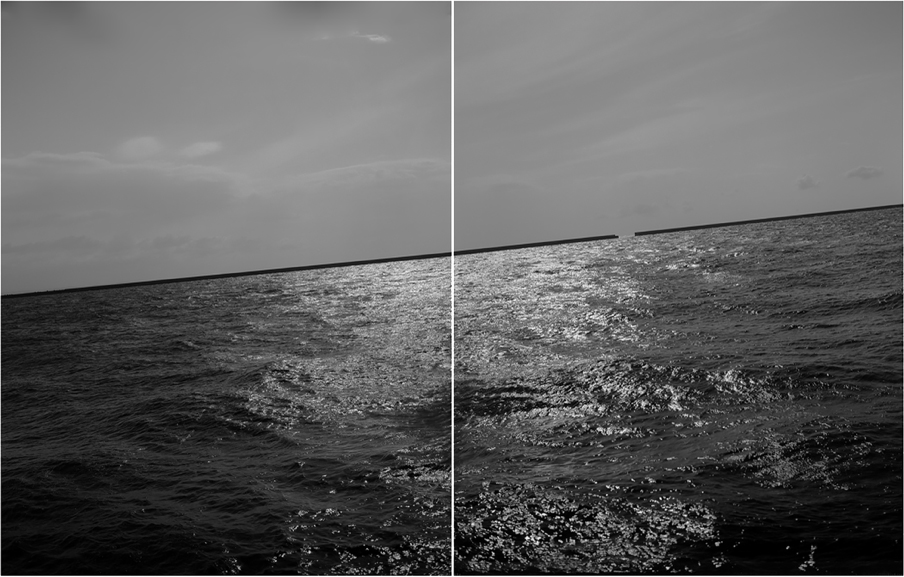

Starting in the late 1970s Aramasa travelled extensively and published several groups of powerful documentary images. The photographs in his 1985 Haruka naru Sokoku (Distant Motherland) series captured the ageing faces of first generation Japanese settlers in South America. He then travelled to the north-eastern part of China formerly known as Machuria. Having lived there as a child, it was his first return visit for many decades. This trip resulted in a two-part work published in 1990 consisting of his Watashi wa dare desu ka (Who Am I ?) and Futakazoku (Two Families) series, both of which explored the lives of Japanese orphans abandoned in China in the aftermath of the Second World War. In 1995 he published Chinmoku no Daichi (Land of Silence), which examined the fate of Japanese soldiers detained in Siberia after the end of the Second World War. This was followed in 2000 by Yakusoku no Daichi (Land of Promises), which was a compilation of images of the remains of the wartime internment camps in which Japanese-Americans were isolated from the rest of society. Taken as a group, this series of publications constituted a moving study of how, in the course of Japan’s modernisation in the first half of the twentieth century, large numbers of Japanese were fated to live out their lives abroad because of decisions taken by their political leaders. Aramasa took all of the photographs in these publications using a large format camera. This allowed him to create detailed and powerfully descriptive images focusing on the actual and metaphorical distances that lay between national boundaries and the oceans that separated them.
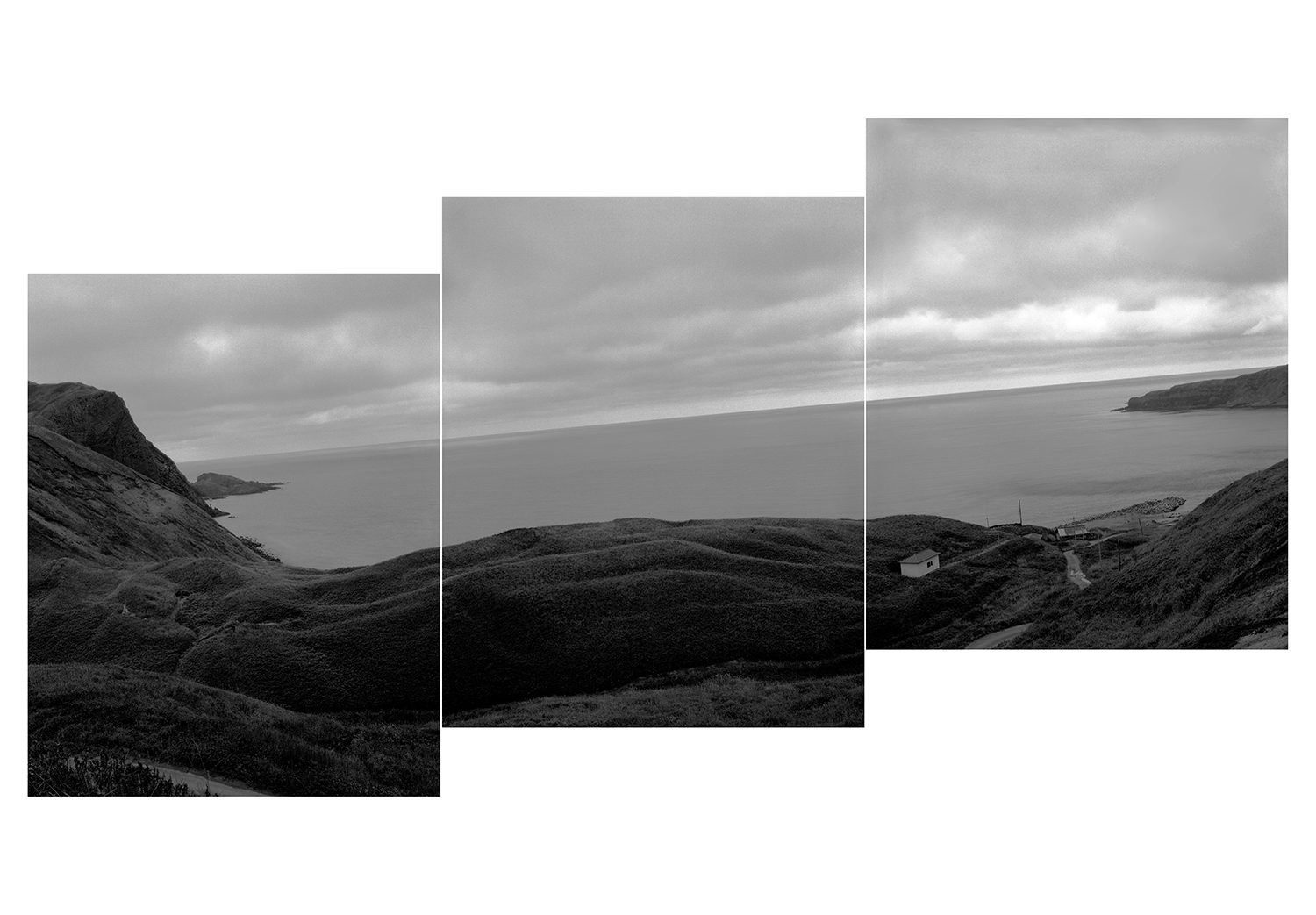
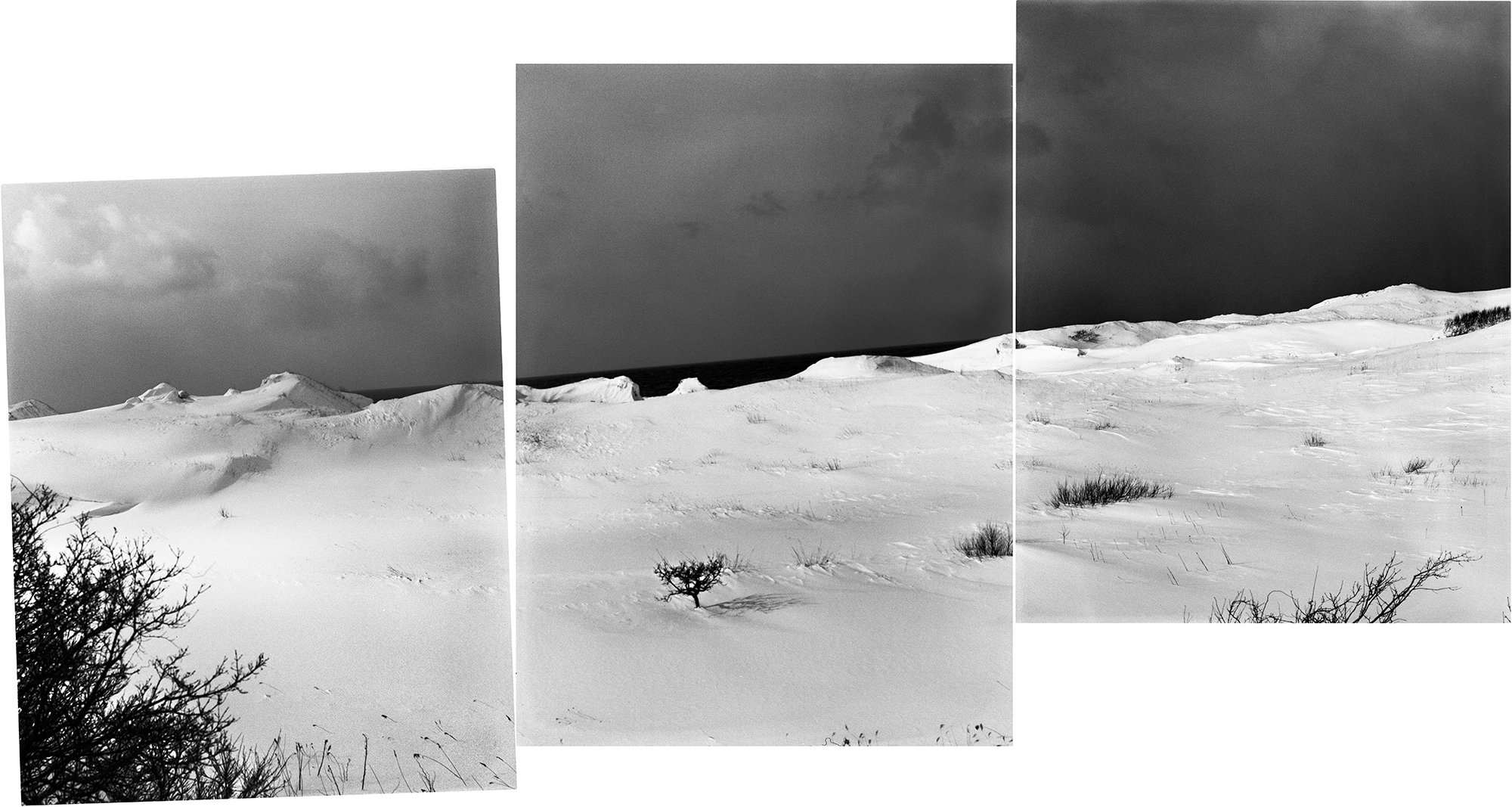
The images in Aramasa’s HORIZON series shown in this exhibition evolved naturally from the documentary work described above. They can be understood as the outcome of a new way of trying to address the insurmountability of the boundaries that lie between the nearby and the distant, and between the present and the past. Positioning his camera on clifftops overlooking the sea in different parts of Japan, he gazes into the distance at what lies beyond the invisible borders that define the nation’s territorial boundaries. The images are no longer documentary in that they seek out places where, as in a dream or trance, spirits hover and roam. Standing in front of these large-scale photographs, one is overwhelmed by the sense of being in the presence of spirits invited down to earth to be prayed to.Aramasa’s HORIZON series is made up of three parts, Kyōkai (Border), Shokusei (Vegetation) and Kashi no Hen’yō (Visible Transfiguration), for the last of which he used a pinhole camera. In order to emphasise the distance between the near and the far, Aramasa has used a digital technique he calls ‘OROgraphy’ that simulates the effects achieved by the early twentieth-century American photographer Edward Curtis, who applied gold pigment to the reverse of glass plates on to which positive images had been printed. Aramasa’s use of gold on the backs of his photographs gives them added depth, intensifies the sense of shading and causes the foreground and background to merge into one another.
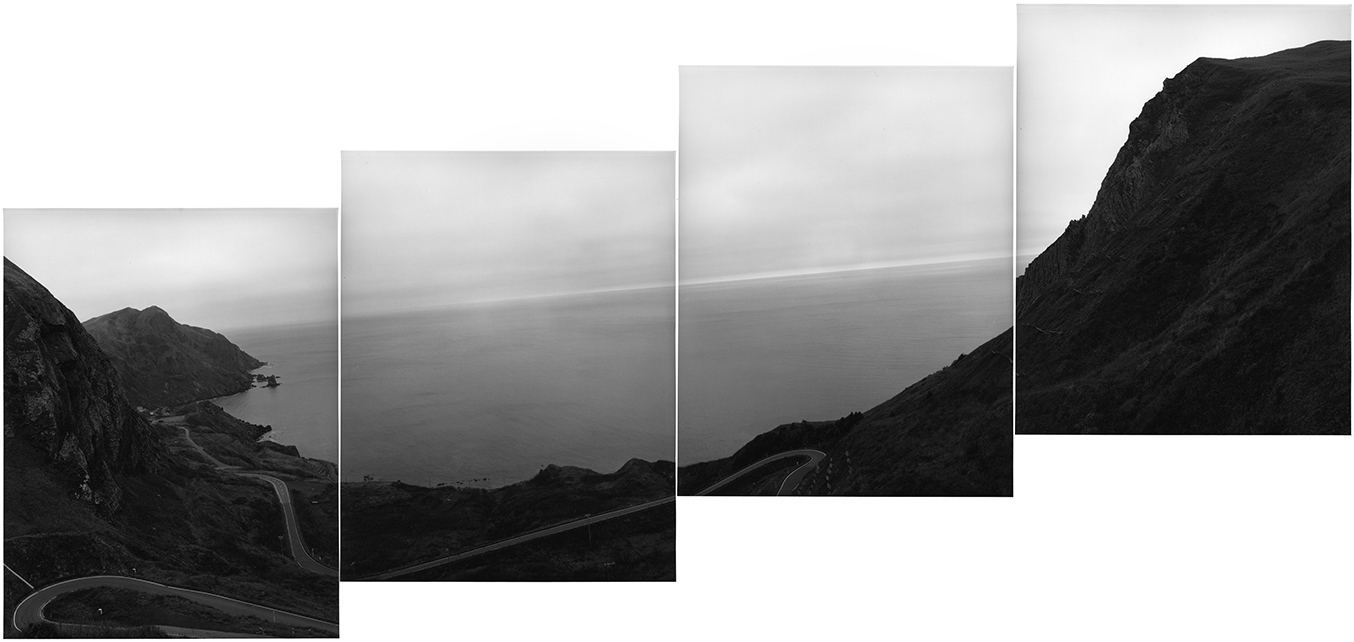
BIOGRAPHY
In 1980 he met his parents, from whom he had been separated, and started work on a photographic contribution to the effort of reuniting Japanese war orphans and their biological parents. This work branched into the photography of people of Japanese descent in Hawaii and South America.
In 2000, having completed what was effectively a grand tour of foreign lands, Aramasa turned his attention to Japan. He recounts how he searched for sites unsullied not only by humans but even by birds. Over the years the HORIZON project has evolved into three separate strands: ‘The Border’, ‘Vegetation’ and ‘Visible Transfiguration’.
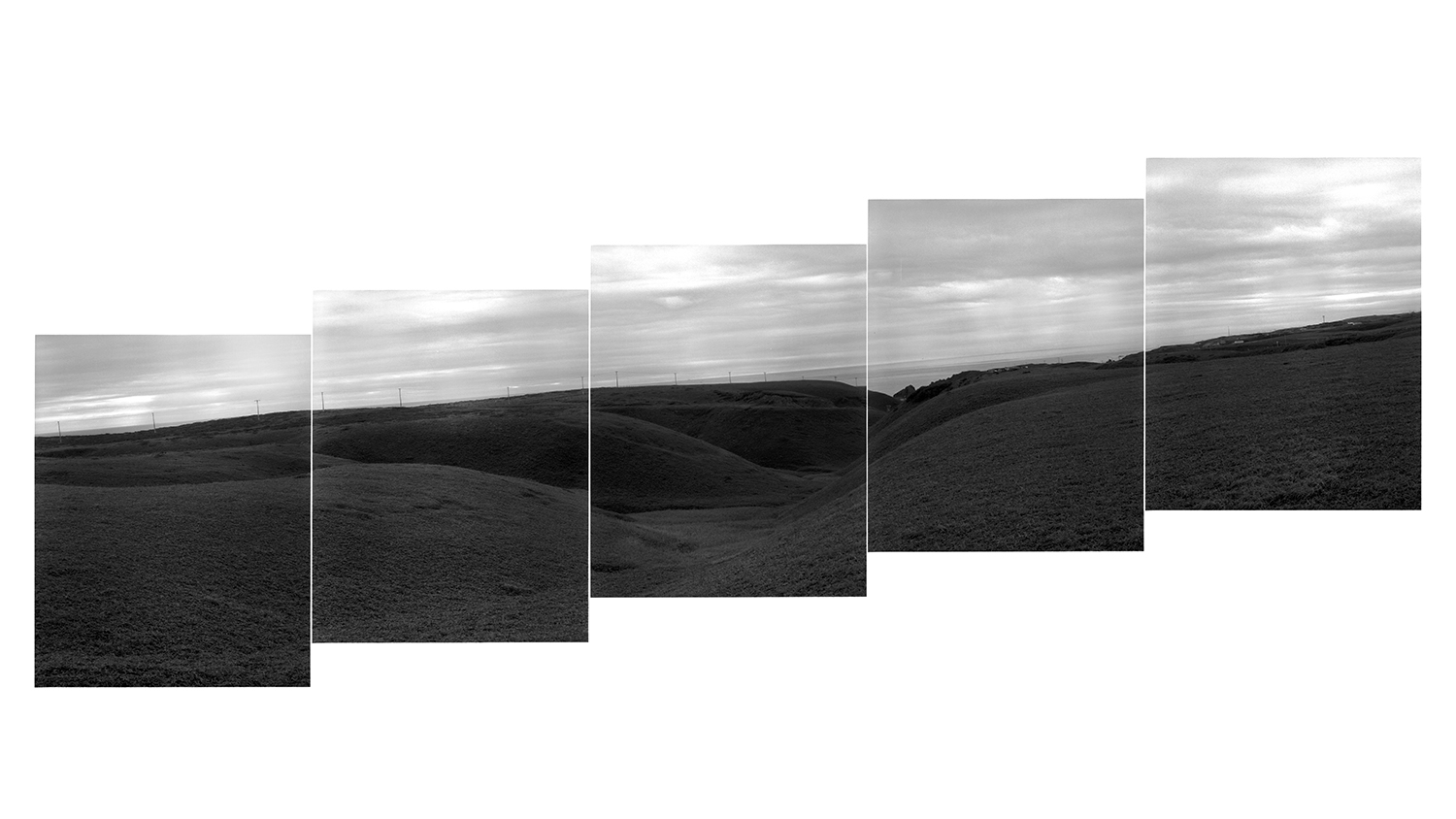
BORN
Tokyo, Japan
EDUCATION
Musashino Art College, Tokyo, Japan
EXHIBITIONS
|
2022 |
Photography and A Sense of Place Thinking About Photography, July 1st – August 31st |
|
2021 |
Instagram @aramasa.taku CORONA’s Drawing Digital Gallery, 02February |
|
2020 |
Instagram @takuaramasa CORONA’s Online Viewing Room, 26December |
|
2016 |
ARAMASA Taku 2016 KANATA KONATA, One Men Show, Tokyo Publishing House,Tokyo ARAMASA Taku 2016 HRIZON, One Men Show, NIKON Salon Ginza and Osaka |
|
2014 |
ARAMASA Taku 2014 HRIZON, One Men Show, Annely Juda Fine Art, London |
|
2012 |
ARAMASA Taku 2012 HRIZON, One Men Show, Tokyo Publishing House,Tokyo |
|
2011 |
ARAMASA Taku Photographs, One Men Show (Na2 Platinum print), Gallery OUT of PLACE, Nara Japan |
|
2009 |
FRAME & VISION –blessing in forest– ARAMASA Taku Solo Exhibition Tokyo Gallery+BTAP |
|
2008 |
ARAMASA Taku Photographs AMERICA/ PROMISED LAND, One Men Show, NIKON Salon, Tokyo & Osaka ARAMASA Taku Photographs AMERICA/ PROMISED LAND, Platinum print, Gallery OUT of PLACE, Nara Japan |
|
2006 |
ARAMASA Taku Photographs APOCALYPSE, Museum of Musashino Art Unversity,Tokyo |
|
2005 |
ARAMASA ‘SAKURA, Stephen Wirtz Gallery, San Francisco California |
|
2003 |
Only Skin Deep Changing vision of the american self, International Center of Photography, New York |
|
2001 |
ARAMASA Taku Photographs : A Portraits of Japanese Immigrants, polaroid Gallery, Tokyo |
|
2000 |
ARAMASA Taku Photographs AMERICA / PROMISED LAND, Misumura Art Plaza 11+1 Photographs, Musashino Art Unversity, Department of Imaging Arts 10th Anniversity, Mitsumura Art Plaza |
|
1997 |
THE SILENT LAND / Prison Camps in Siberia, Tokyo Metropolitan Museum of Photography, Tokyo |
|
1996 |
Manchuria / Siberia, Kawasaki City Museum, Kawasaki, Japan |
|
1995 |
THE SILENT LAND / Prison Camps in Siberia, Sinjuku Park Tower Gallery 1, Tokyo |
|
1994 |
ARAMASA Taku Photographs : Portraits of Native America, Yuraku-cho Art Forum, Tokyo, Hakata, Nara & Takaoka, Japan |
|
1992 |
Who Am I – War Orphans Left in China, Hiroshima & Fukuoka, Japan |
|
1991 |
Who Am I – War Orphans Left in China, Tokyo Metropolitan Art Gallery, Tokyo |
|
1990 |
Family, Commemorative Exhibition of Who Am I, Nikon Salon, Tokyo & Osaka |
|
1988 |
ARAMASA Taku Photographs – The 80th Anniversary of Japanese Immigration to Brazil, Sao Paulo Museum, San Paulo |
|
1987 |
A Portrait of Japanese Immigrants to South America, Tokyo,Osaka & Hiroshima, Japan |
|
1986 |
A Portrait of Japanese Immigrants to South America, Yurakucho Marion, Tokyo |
PUBLICATIONS
2014 |
‘ARAMASA Taku 2014’ HORIZON Catalogue ©Annely Juda Fine Art London |
2010 |
ARAMASA Taku Photogaphs ARAMASA SAKURA in black box/in black room at one’s 1/1 |
2007 |
e-book ARAMASA Taku Photogaphs-Apocalypse, e-book Humandream |
2007 |
e-book ARAMASA Taku’s PORTFOLIO, (1960-2006) e-book Humandream |
2006 |
ARAMASA Taku Photographs-Apocalypse, Museum Musashino Art University |
2000 |
America / Promised Land, Misuzu Shobo |
1995 |
The Silent Land: Prison Camps in Siberia, Chikuma Shobo |
1993 |
Portrait of Native America, Kodansha |
1990 |
Who Am I War Orphans Left in China, Who Am I Publishing Committee |
1985 |
A Portrait of Japanese Immigrants to South America, Asahi Shinbunsha |
1980 |
To My Angels, Zenkoku Shuppan |
1979 |
Carnaval, Canon |
1977 |
AMERICAN PARODY, Hokuto-kikaku |
1977 |
Patricia, Hokuto-kikaku |
1976 |
ERIKA, Hokuō-sha |
1974 |
Gyakkō sango shō, Bunka Shuppan-kyoku |
AWARDS
1996 |
The 46th Artist of the Year Award, Japan Photography Association |
1994 |
The 10th Higashikawa Award |
1986 |
The 5th domon ken Award |
1985 |
Grand Prize (Public Poster) at the 1st International Triennale Toyama |
1978 |
The 28th New Artist of the Year Award, Japan Photography Association |
COLLECTIONS
- Center for Creative Photography, Arizona State University, Arizona
- Domon – Ken Memorial Hall, Sakata, Japan
- Higashikawa Museum, Higashikawa-cho, Hokkaido, Japan
- San Paulo Museum, San Paulo, Brazil
- History Museum of Japanese Immigrants, San Paulo, Brazil
- International Center of Photography, New York, New York
- Osaka Human Rights History Museum, Osaka, Japan
- San Francisco Museum of Modern Art, San Francisco, California
- History Museum of japanese Immigrants, san Jose, California
- Tokyo Metropolitan Museum of Photography, Tokyo, Japan
- Stephen Wirtz Gallery, San Francisco, California
- Museum of Musashino Art University, (ARAMASA Taku Collections of Photography) Tokyo, Japan
